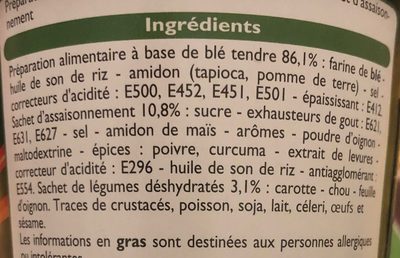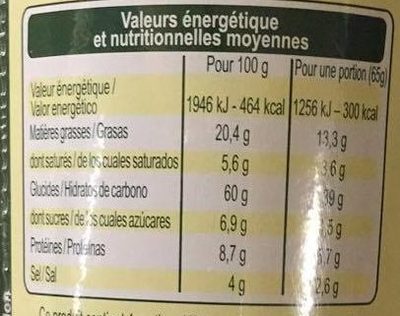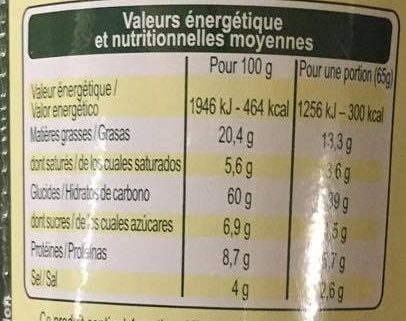Nouilles saveur Légumes - Leader Price - 65 g
This product page is not complete. You can help to complete it by editing it and adding more data from the photos we have, or by taking more photos using the app for Android or iPhone/iPad. Thank you!
×
Barcode: 3263850451010 (EAN / EAN-13)
Common name: Préparation de pâtes alimentaires instantanées et blé tendre et son sachet d'assaisonnement.
Quantity: 65 g
Brands: Leader Price
Categories: Plant-based foods and beverages, Plant-based foods, Cereals and potatoes, Cereals and their products, Meals, Dried products, Pastas, Dried products to be rehydrated, Noodles, Dried meals, Instant noodles, Plant-based meals
Labels, certifications, awards:
Green Dot, Triman

Manufacturing or processing places: Thaïlande
Traceability code: EMB 75101B - Paris 1er Arrondissement (Paris, France)
Stores: Leader Price
Countries where sold: France
Matching with your preferences
Environment
Carbon footprint
Packaging
Transportation
Report a problem
Data sources
Product added on by openfoodfacts-contributors
Last edit of product page on by packbot.
Product page also edited by beniben, julie-yuka, kiliweb, yuka.SDVvSks2RSt1dUJUb2NFOC9BNzUvOTRrdzVLN1J6aUlCdkJPSVE9PQ.








